Ancient news stories
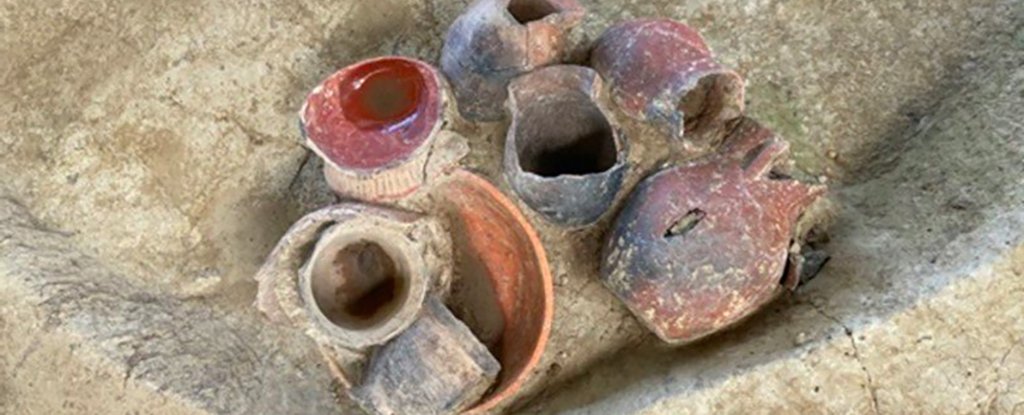
Archaeologists have discovered some of the oldest artifacts ever found to be associated with beer, in a haul from Qiaotou in southern China dating back 9,000 years. However, it appears the ancient drinkers in question weren’t in it simply for a buzz.
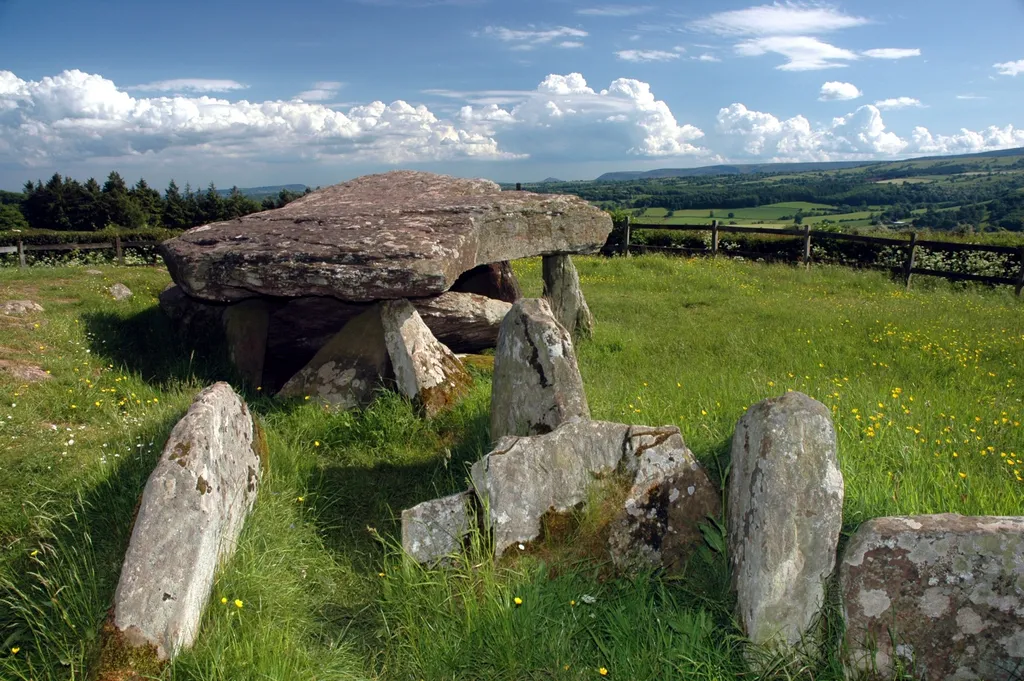
A mysterious stone tomb in western England — known as Arthur’s Stone because of its links to the mythical King Arthur — originated almost 6,000 years ago as part of an elaborate “ceremonial landscape” across the whole area, according to archaeologists.
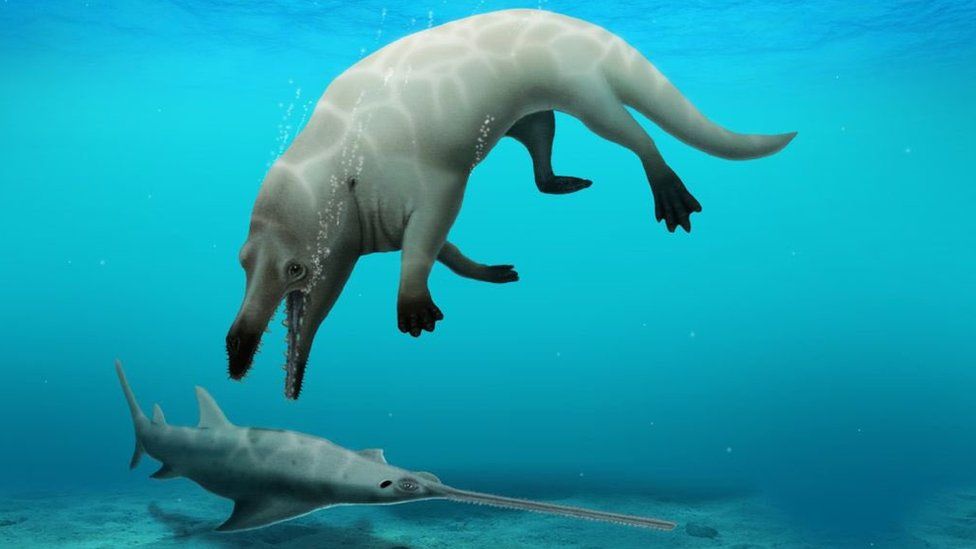
Scientists in Egypt have identified a new species of four-legged whale that lived around 43 million years ago.
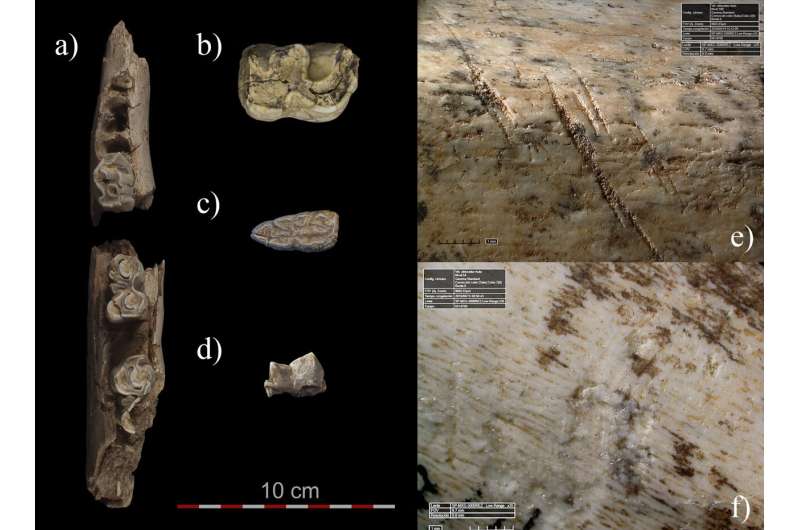
Abel Moclán, a researcher at the Centro Nacional de Investigación sobre la Evolución Humana (CENIEH), is the lead author of a paper published in the journal Quaternary Science Reviews which undertook a zooarchaeological and taphonomic study of the Neanderthal Navalmaíllo Rock Shelter site (Pinilla del Valle, Madrid), some 76,000 years old, whose results indicate that these Neanderthals mainly hunted large bovids and cervids.
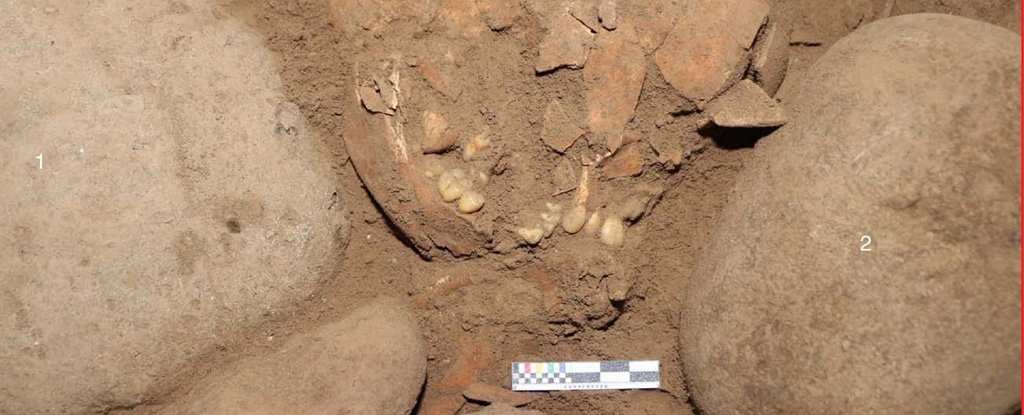
The skeleton of an ancient woman, discovered in an Indonesian cave in 2015, appears to have ancestry unlike any other human found to date.

Scientists spot giant feature at edge of the galaxy.
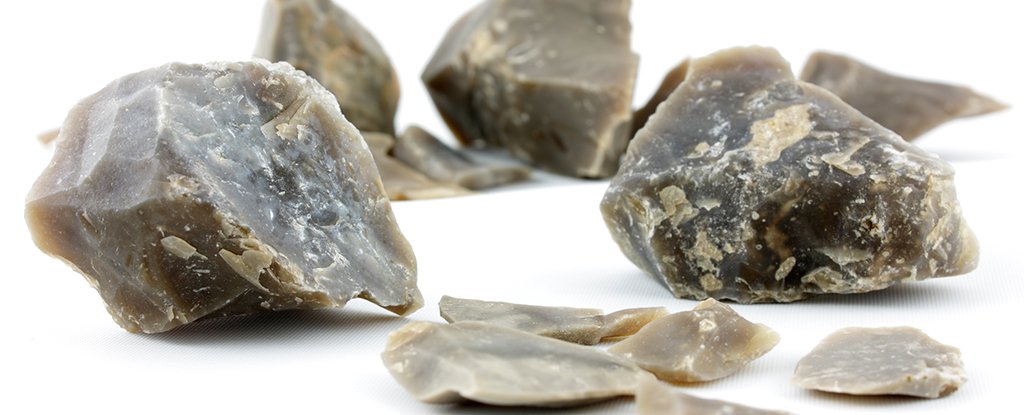
The strength and direction of Earth’s magnetic field has changed a lot over the millennia. Scientists are eager to study its past patterns to work out how the field might change in the future – a pretty vital research field, considering this magnetic shield protects us from damaging cosmic radiation.
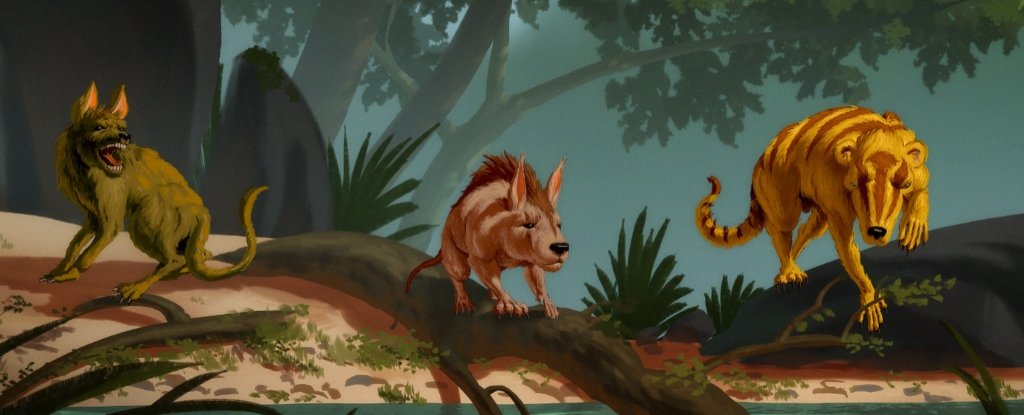
Early on their quest to reach the Lonely Mountain in J.R.R. Tolkien’s The Hobbit (1937), Bilbo Baggins and company cross paths with an enormous, shape-shifting warrior named Beorn.
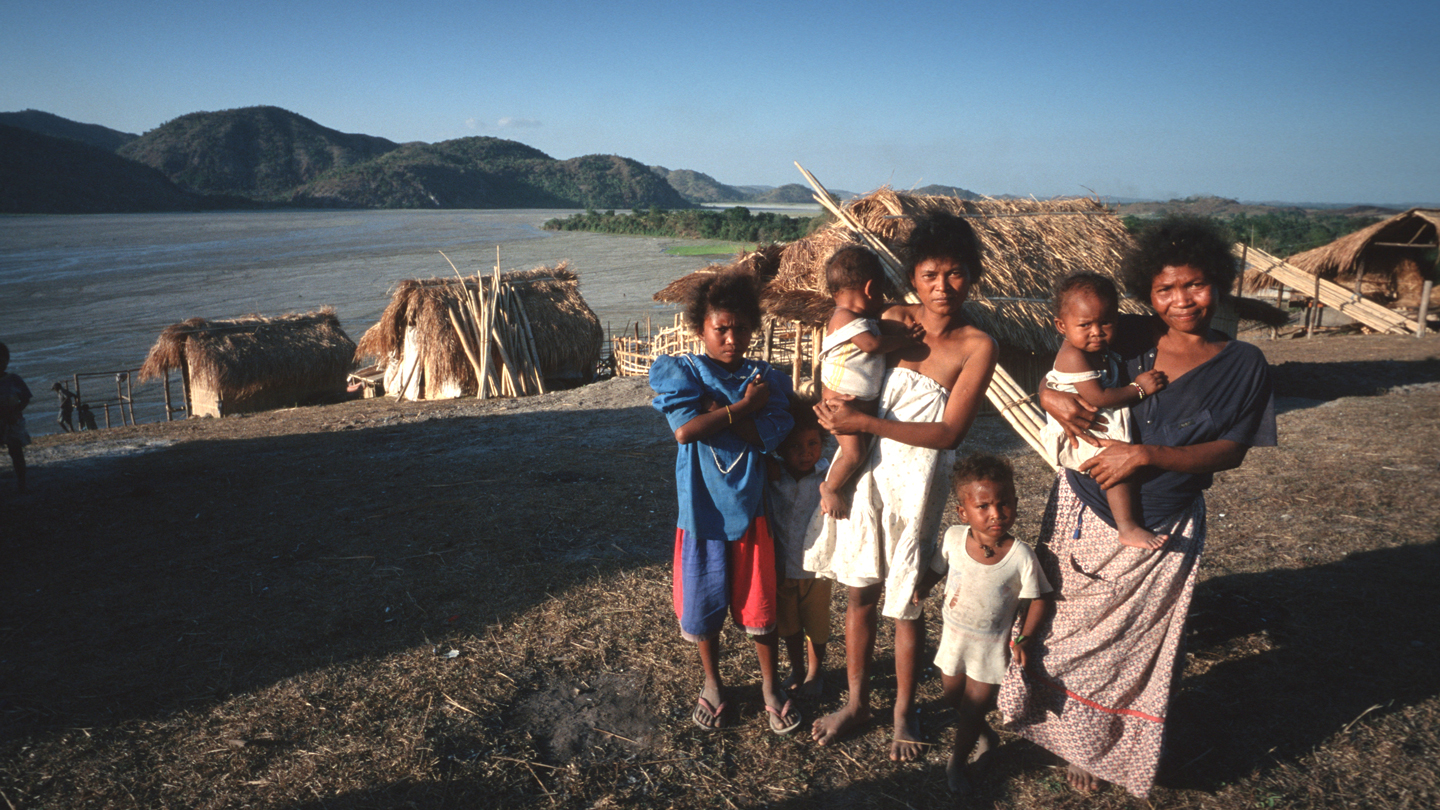
Indigenous Ayta Magbukon people get 5 percent of their DNA from the mysterious ancient hominids.
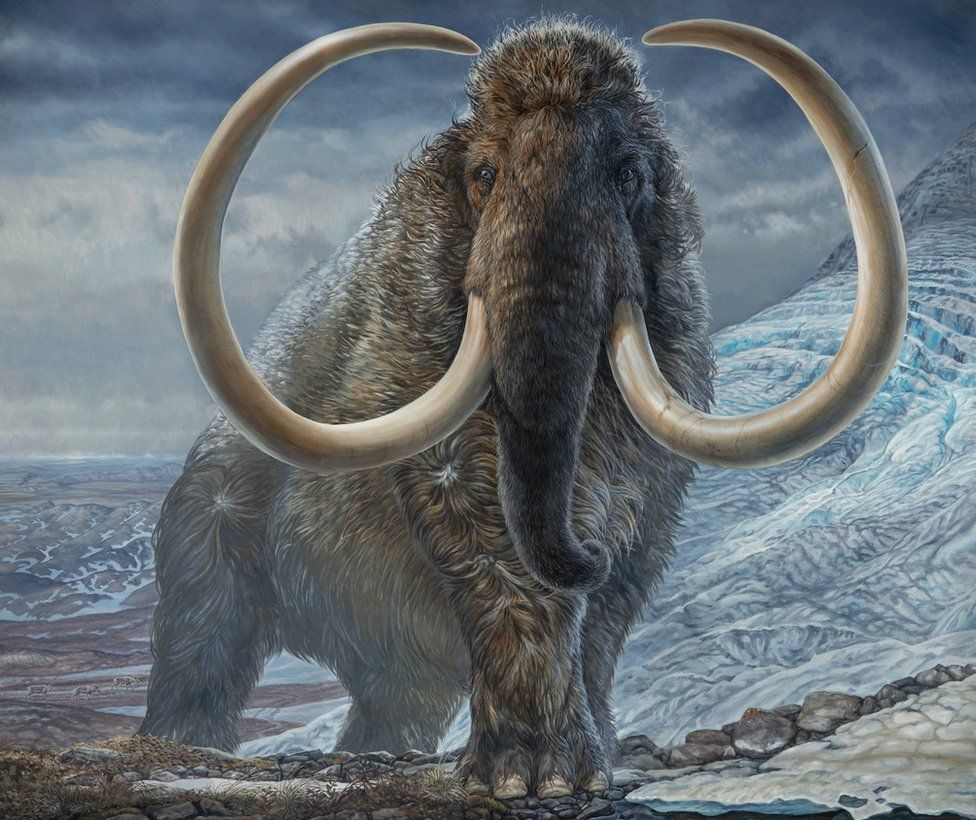
The research shows that the Ice Age animal travelled a distance equivalent to circling the Earth twice.
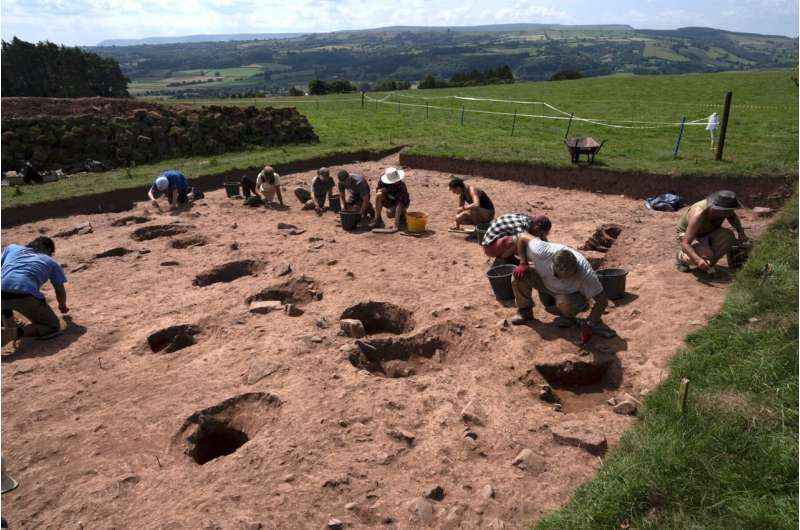
Archaeologists from the Universities of Manchester and Cardiff have discovered the origins of Arthur’s Stone, one of the UK’s most famous Stone Age monuments.
/cloudfront-us-east-2.images.arcpublishing.com/reuters/Q2ZV4HWGNZMBVMJ4DU6RLMOMWQ.jpg)
Neanderthals may have been closer to our species of prehistoric modern human than previously believed after cave paintings found in Spain proved they had a fondness for creating art, one of the authors of a new scientific report said on Sunday.

Modern analysis of a 1,000-year-old grave in Finland challenges long-held beliefs about gender roles in ancient societies, and may suggest non-binary people were not only accepted but respected members of their communities, researchers have said.
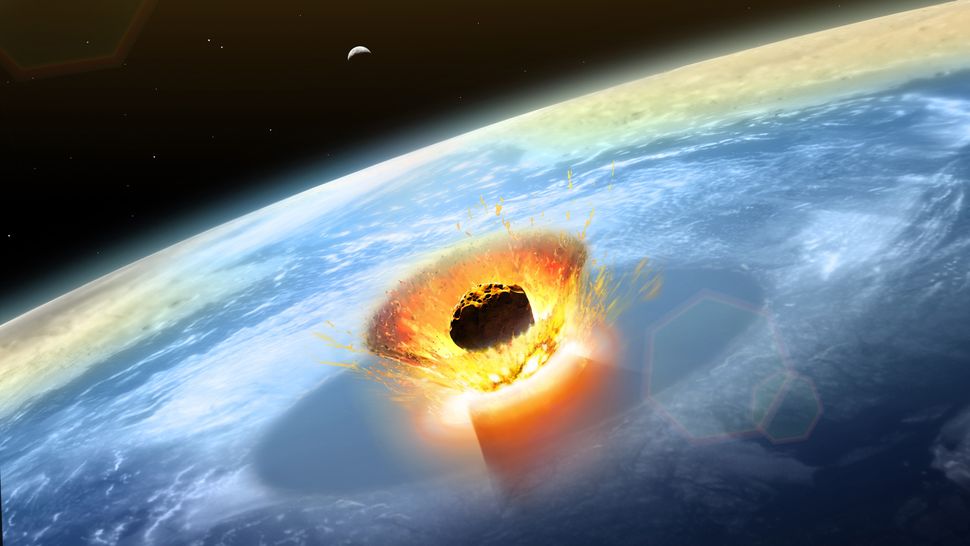
About 66 million years ago, an estimated 6-mile-wide (9.6 kilometers) object slammed into Earth, triggering a cataclysmic series of events that resulted in the demise of non-avian dinosaurs. Now, scientists think they know where that object came from.
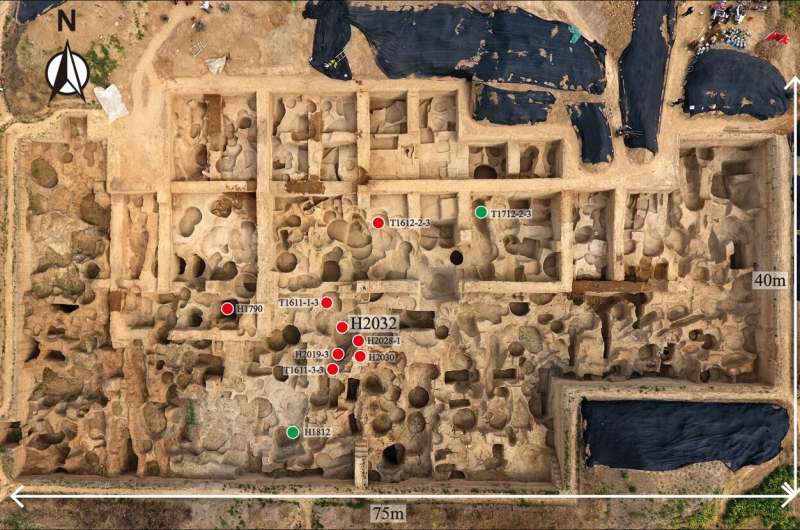
A team of researchers from Zhengzhou University, the Modern Analysis and Computer Center of Zhengzhou University and Peking University, all in China, has found evidence of what appears to be the oldest coin-minting operation ever uncovered

Machu Picchu, the famous 15th-century Inca site in southern Peru, is up to several decades older than previously thought, according to a new study led by Yale archaeologist Richard Burger.








